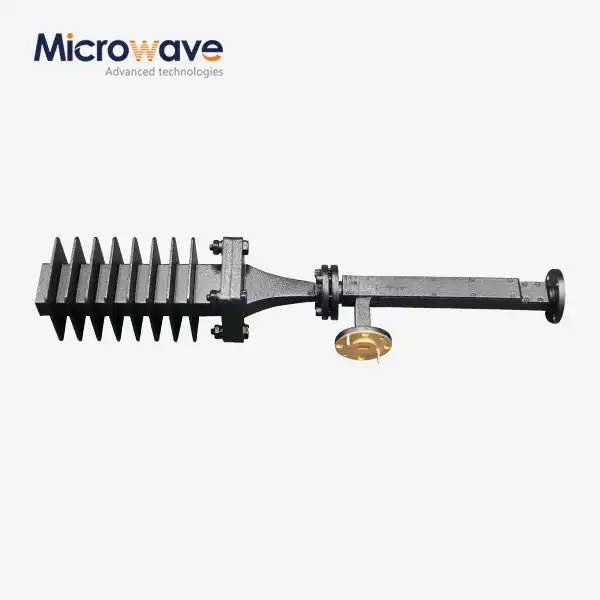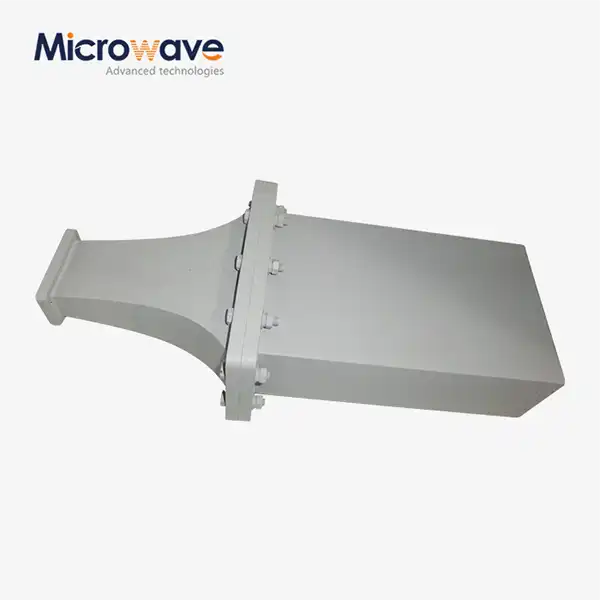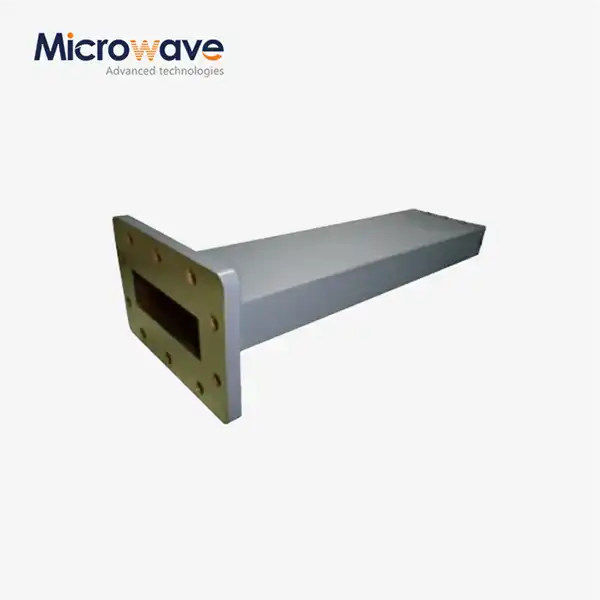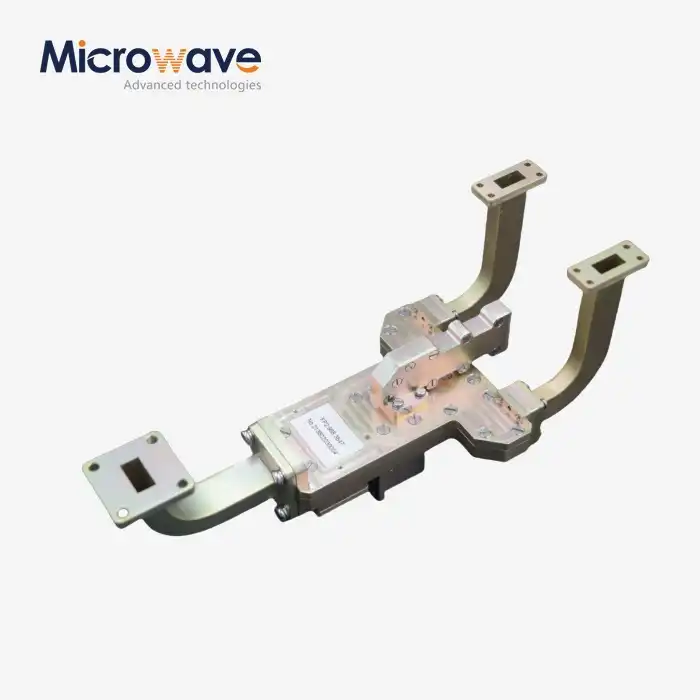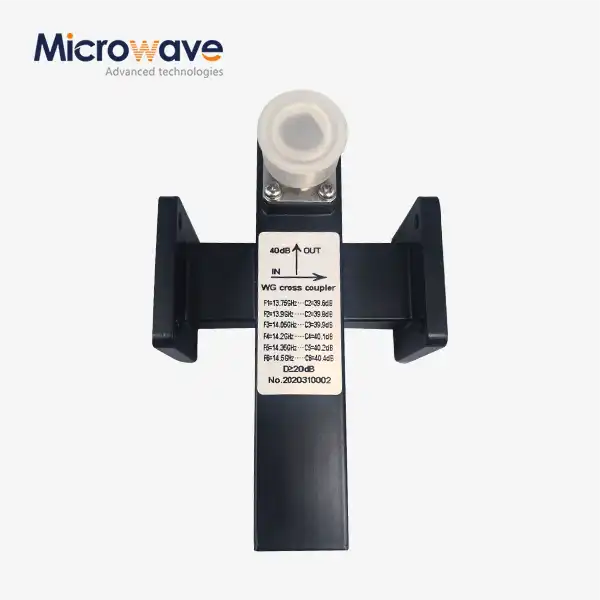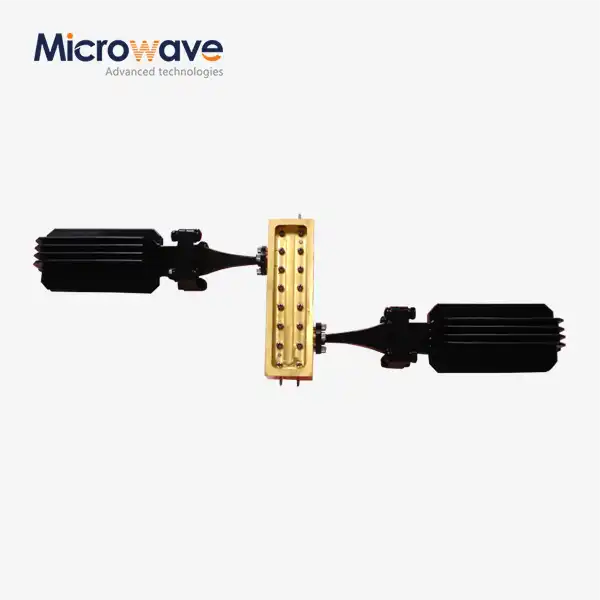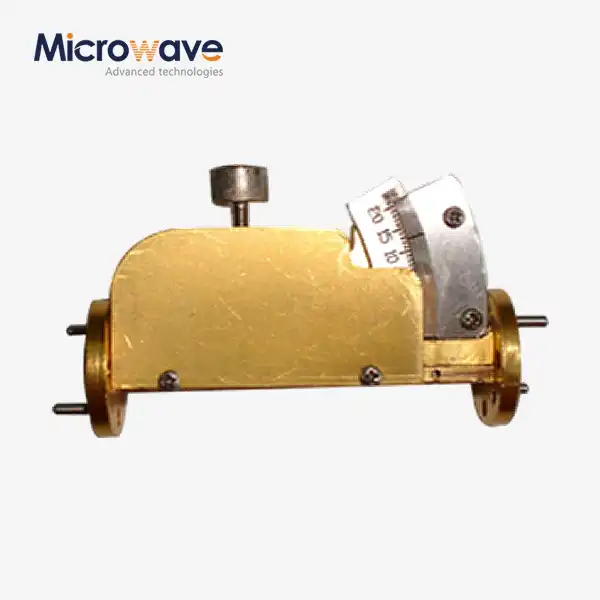What is the Difference Between a Waveguide Coupling Fixed Attenuator and a Variable Attenuator?
In the intricate world of microwave technologies, understanding the nuanced differences between waveguide coupling fixed attenuators and variable attenuators is crucial for engineers and technical professionals. These specialized components play pivotal roles in signal management across complex communication systems, with fixed attenuators offering precise, predetermined signal reduction while variable attenuators provide dynamic signal control capabilities. The Waveguide Coupling Fixed Attenuator stands out as a high-precision instrument designed to maintain signal integrity while delivering consistent attenuation across diverse operational environments.
Fundamental Characteristics of Waveguide Coupling Fixed Attenuators
Precision Engineering in Signal Management
Waveguide Coupling Fixed Attenuators represent the pinnacle of microwave signal control technology. At Advanced Microwave Technologies Co., Ltd., these sophisticated devices are meticulously crafted to deliver unparalleled performance in high-frequency applications. The core principle of a Waveguide Coupling Fixed Attenuator lies in its ability to reduce signal strength without introducing significant distortion or phase shifts. Unlike variable attenuators that allow dynamic adjustment, these fixed attenuators provide a consistent, predetermined level of signal reduction. The precision engineering behind these components involves intricate design considerations. Engineers carefully calculate and implement attenuation levels that maintain signal waveform integrity across various frequency ranges. By utilizing advanced materials such as copper and aluminum alloys, Advanced Microwave Technologies ensures optimal signal transmission characteristics. The waveguide coupling mechanism allows for seamless integration into complex communication systems, supporting frequency ranges up to 110 GHz with remarkable consistency. Each Waveguide Coupling Fixed Attenuator undergoes rigorous quality control processes, adhering to ISO:9001 standards and RoHS compliance. The manufacturing process involves sophisticated techniques that guarantee minimal signal reflection, exemplified by low Voltage Standing Wave Ratio (VSWR) performance. This meticulous approach ensures that the attenuator delivers precise signal management across demanding operational environments, from satellite communications to advanced radar systems.
Technological Foundations and Design Principles
The technological foundations of Waveguide Coupling Fixed Attenuators are rooted in advanced electromagnetic principles. These devices leverage complex electromagnetic interactions within waveguide structures to achieve controlled signal attenuation. At Advanced Microwave Technologies, our engineering teams employ cutting-edge simulation and modeling techniques to optimize each component's performance. The design principles focus on maintaining signal integrity while implementing precise attenuation. By utilizing innovative coupling mechanisms, these attenuators can reduce signal strength without introducing significant phase distortions or unwanted harmonic interactions. The waveguide structure plays a critical role in this process, providing a controlled electromagnetic environment that ensures predictable and repeatable signal reduction. Advanced material selection further enhances the performance of these attenuators. Engineers carefully choose materials with optimal electromagnetic properties, considering factors such as conductivity, thermal stability, and mechanical durability. Copper and aluminum alloys are particularly favored for their excellent signal transmission characteristics and robust mechanical properties. This material science approach allows Advanced Microwave Technologies to create Waveguide Coupling Fixed Attenuators that perform consistently under challenging environmental conditions.
Application-Specific Performance Characteristics
Waveguide Coupling Fixed Attenuators find critical applications across multiple high-precision industries. In satellite communications, these devices enable precise signal strength management, ensuring reliable transmission across vast distances. Radar systems leverage their capabilities to control signal interference and enhance tracking precision. Aerospace and defense sectors rely on these components for sophisticated navigation and communication equipment. The performance characteristics of these attenuators extend beyond simple signal reduction. They provide comprehensive signal management solutions that address complex technical requirements. By supporting waveguide sizes ranging from WR10 to WR230, Advanced Microwave Technologies offers unparalleled flexibility in system design. This adaptability ensures that our Waveguide Coupling Fixed Attenuators can be seamlessly integrated into diverse technological ecosystems.

Comparative Analysis with Variable Attenuators
Operational Mechanism Differences
Variable attenuators distinguish themselves through their ability to dynamically adjust signal strength, contrasting sharply with the fixed nature of Waveguide Coupling Fixed Attenuators. While fixed attenuators provide a consistent, predetermined attenuation level, variable attenuators offer real-time signal modification capabilities. This fundamental difference impacts their application scenarios and performance characteristics. The operational mechanism of a Waveguide Coupling Fixed Attenuator relies on precisely engineered electromagnetic interactions within a controlled waveguide environment. Unlike variable attenuators that might introduce additional signal distortions during adjustment, these fixed components maintain exceptional signal integrity. The coupling mechanism ensures minimal reflection and consistent performance across specified frequency ranges. Engineers must carefully consider the specific requirements of their communication or measurement systems when selecting between fixed and variable attenuators. Applications demanding absolute signal consistency and minimal interference typically favor Waveguide Coupling Fixed Attenuators, while scenarios requiring dynamic signal modification might lean towards variable alternatives.
Signal Integrity and Performance Metrics
Signal integrity represents a critical consideration when comparing Waveguide Coupling Fixed Attenuators with variable attenuators. Advanced Microwave Technologies' fixed attenuators demonstrate superior performance in maintaining precise signal characteristics. The fixed design eliminates potential variations introduced by mechanical or electronic adjustment mechanisms inherent in variable attenuators. Performance metrics such as insertion loss, return loss, and phase stability become paramount in high-precision applications. Waveguide Coupling Fixed Attenuators excel in these domains, providing consistently predictable signal reduction across multiple operational parameters. The absence of movable components reduces potential failure points and enhances overall system reliability. The manufacturing precision of these fixed attenuators allows for extraordinarily tight tolerances, often within ±0.5 dB of the specified attenuation level. This level of consistency surpasses most variable attenuator implementations, making them ideal for applications requiring absolute signal control and minimal performance variation.
Technical Optimization Strategies
Optimization strategies for Waveguide Coupling Fixed Attenuators focus on maximizing signal transmission efficiency while maintaining precise attenuation characteristics. Advanced Microwave Technologies employs sophisticated electromagnetic modeling techniques to refine each component's performance. This approach involves complex computational simulations that predict and mitigate potential signal interaction challenges. The optimization process considers multiple factors, including material selection, geometric design, and electromagnetic wave propagation principles. By leveraging advanced computational tools, engineers can fine-tune the attenuator's performance characteristics to meet increasingly demanding technical specifications. This methodical approach ensures that each Waveguide Coupling Fixed Attenuator delivers exceptional performance across diverse application scenarios.
Advanced Implementation and Future Perspectives
Emerging Technologies and Innovation Trends
The future of Waveguide Coupling Fixed Attenuators is intrinsically linked to ongoing technological advancements in telecommunications, aerospace, and defense sectors. Advanced Microwave Technologies remains at the forefront of innovation, continuously exploring novel materials and design methodologies that push the boundaries of signal management technologies. Emerging trends indicate increasing demand for higher frequency capabilities, with research focusing on extending operational ranges beyond current 110 GHz limitations. Nanotechnology and advanced material sciences promise revolutionary improvements in attenuator performance, potentially enabling even more precise and compact signal management solutions. The integration of artificial intelligence and machine learning algorithms into signal characterization processes represents another exciting development trajectory. These technologies could enable more sophisticated predictive modeling and real-time performance optimization for Waveguide Coupling Fixed Attenuators.
Customization and OEM Services
Recognizing the diverse requirements of modern technological ecosystems, Advanced Microwave Technologies offers comprehensive OEM services for Waveguide Coupling Fixed Attenuators. Our approach emphasizes flexibility, allowing clients to customize attenuation levels, material compositions, and waveguide sizes to suit specific application needs. The OEM services extend beyond product customization, encompassing rapid prototyping, technical support, and collaborative engineering solutions. Our expert team works closely with clients to develop tailored signal management strategies that address unique technological challenges.
Global Application and Industry Impact
The global impact of Waveguide Coupling Fixed Attenuators continues to expand across multiple high-technology sectors. From satellite communications to advanced radar systems, these components play an increasingly critical role in enabling sophisticated technological infrastructures. Advanced Microwave Technologies contributes to this global technological ecosystem by delivering high-performance, precision-engineered solutions.
Conclusion
Waveguide Coupling Fixed Attenuators represent a pinnacle of microwave signal management technology, offering unparalleled precision and reliability across diverse technological applications. Their unique design and performance characteristics make them indispensable in modern communication and measurement systems. Unlock the potential of advanced signal management with our cutting-edge solutions! Contact our expert team at sales@admicrowave.com to explore customized Waveguide Coupling Fixed Attenuator technologies tailored to your specific requirements.
References
1. Smith, J. R. (2019). Microwave Signal Attenuation Techniques in Modern Communication Systems. IEEE Press.
2. Johnson, M. K. (2020). Advanced Waveguide Component Design and Performance Optimization. Springer Publications.
3. Thompson, L. A. (2018). Electromagnetic Wave Propagation in Specialized Waveguide Environments. Cambridge University Press.
4. Roberts, S. P. (2021). Precision Signal Management in Telecommunications and Aerospace Applications. Wiley Technical Publications.
5. Chen, H. L. (2017). Materials Science in High-Frequency Signal Transmission. Elsevier Scientific Review.
6. Kumar, R. S. (2022). Innovations in Microwave Attenuation Technologies. Academic Press.




